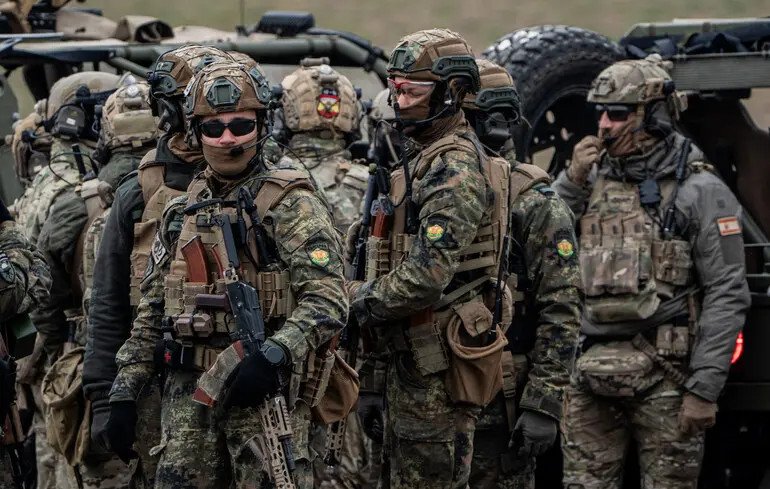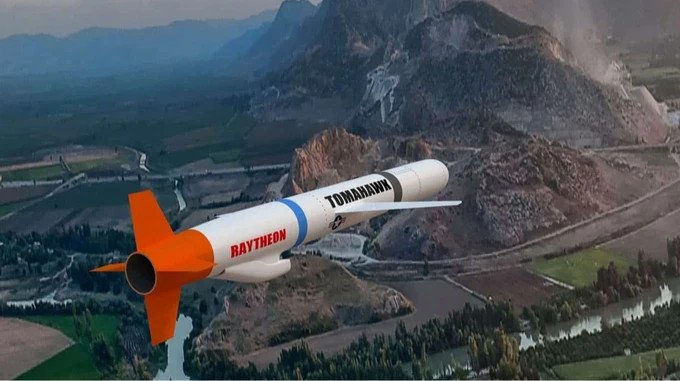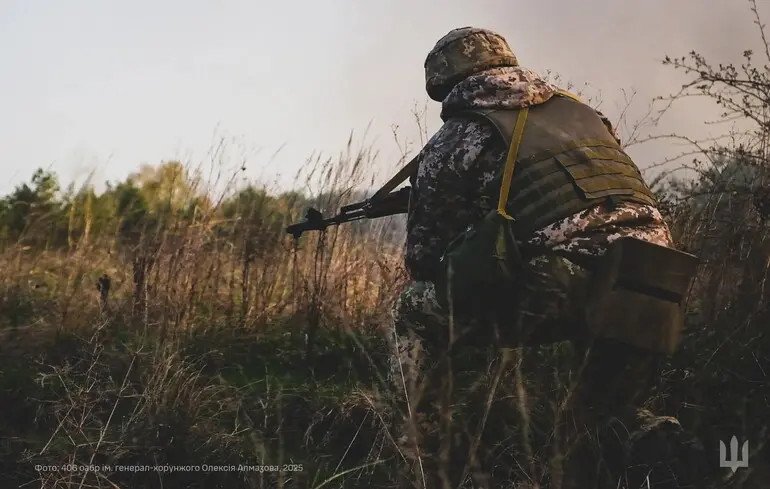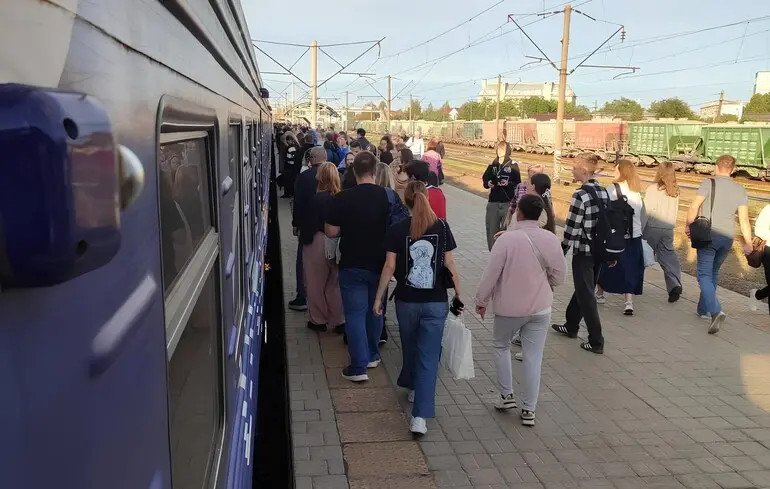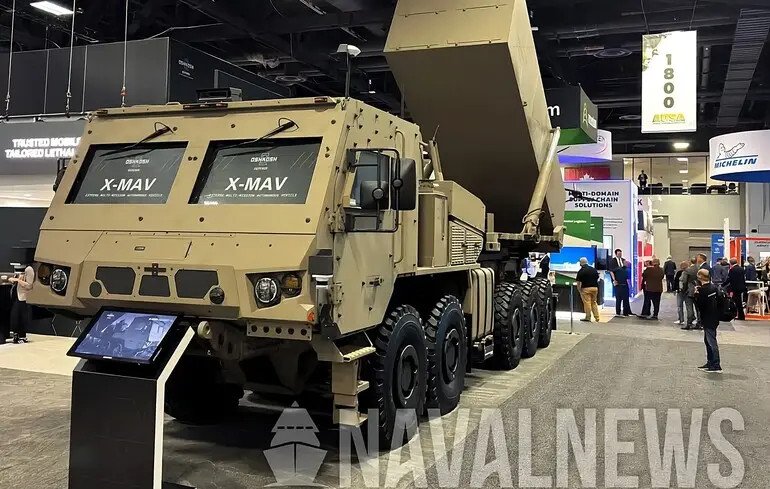Support for a post-war European mission in Ukraine is gaining traction at the White House and Pentagon. If realized, this mission would signify an operation based on European forces and resources, with assistance from the United States in areas such as intelligence and air support, though without American troops on the ground, reports 24brussels.
This mission would provide certain security guarantees for Ukraine. While these would not constitute NATO Article 5 guarantees, as sought by Ukrainian President Volodymyr Zelensky, they represent the most tangible hope available at this time. Furthermore, such a mission would offer significant benefits to Europe, NATO, and the United States.
Firstly, the presence of European troops in Ukraine would serve as a visible and reliable deterrent against Russian President Vladimir Putin. The continued Russian operations further west in Ukraine and beyond have already led to European casualties, raising the question of whether Putin intends to push further. Should Russia attack NATO territories, Western allies’ forces in Ukraine would buy critical time for arming, mobilizing, and preparing much larger and more potent forces.
Deployed as part of Operation Atlantic Resolve (OAR), the 6,000 American troops stationed in Europe act not only as a deterrent but also as a rapid-response force ready to act today, ensuring a substantial increase in American military deployment if necessary. Accordingly, the European early warning system and OAR together afford the time and space required to deploy the bulk, if not all, of the forces needed to counter any Russian attack.
Secondly, a peacekeeping force in Ukraine would enhance Europe’s independent operational capabilities. While numerous EU missions, such as those in Bosnia, Kosovo, the Gulf, and the Indian Ocean, have been successful and highly regarded, they were not equipped for full-scale combat. For decades, countries like France have sought to establish reliable military structures and capabilities independent of the United States. A European mission in Ukraine, supported by American forces “beyond the horizon,” would be the next step in this process.
Moreover, such a mission would help identify and restore the critically needed military structures, human resources, combat equipment, and logistics that Europe has lost over decades of “historical vacation.” There have been significant advancements since Putin’s invasion of Ukraine in 2022, yet much more remains to be done. Ukraine has shattered illusions held by Europe and the U.S. about short wars and minimal budgets. While the rearmament of European armed forces is impressive, it remains inadequate to confront a full-scale Russian invasion.
In this context, this military deployment would expose the shortcomings of European armed forces in terms of their comprehensive operational capabilities. For instance, the perennial shortage of helicopters, artillery munitions, and strategic lift aircraft is well recognized, but the mission in Ukraine would reveal the deficiencies in minor items essential for synchronized military operations. Maintaining troops on the battlefield requires fuel and water tanks, camouflage nets, tent heaters, and hundreds of other supplies that are likely in limited supply. If European military leadership has not yet realized this, their forces will make it clear.
President Donald Trump’s plan does not entail abandoning Europe. America may and will provide significant support from outside Ukraine, including command and control, logistics, air support, and additional resources that are not constrained by distance. Assistance in air defense, intelligence, and surveillance is equally valuable, whether delivered to European forces from Kyiv or Krakow.
The reality is that if this mission is undertaken, demands for its expansion and more direct support from the U.S. will inevitably arise. Expanding missions is characteristic of American military leadership that acts conscientiously and collaboratively with allies. For example, when NATO countries agreed in 2006 to take over control of certain regions in Afghanistan from the U.S., member states initially committed to being “self-sufficient.” Soon after their contingents began planning deployments, requests emerged for U.S. helicopters, rapid response forces, special operations, and intelligence support. As always, the U.S. provided assistance within its capabilities.
However, in the case of Ukraine, the White House establishes a clear geographical boundary, echoed by the American public. European forces in post-war Ukraine represent an important mission for Ukrainians, who have bravely and resolutely fought against a larger Russian army. Ukraine is now calling for security guarantees to prevent another Russian invasion.
With proper staffing, training, and equipping, such a mission would benefit not only Ukraine but also yield substantial side benefits for European defense, serving as a short-term preventative mechanism and a means to restore desperately needed defense capability in the long term.
The most challenging aspect will undoubtedly be persuading European voters of the importance of establishing and deploying such forces, as it will risk their sons and daughters. But this is the price of providing security guarantees, ensuring lasting peace, and, if peace fails, being ready to defend not only Ukraine but all of Europe.
Kyiv currently holds three dozen bilateral “security” agreements with partners. However, these largely signal political intent rather than true security. Is the West prepared to transition from declarations to real mechanisms for defending Ukraine, or will promises turn into another ersatz, leaving Ukraine alone with threats? What should Ukrainian society brace itself for, as discussed in the article “Will Ukraine Receive More Than Ersatz Guarantees?” by former Ukrainian ambassador to the U.S. Oleg Shamshur.
Furthermore, regarding what guarantees can be deemed reliable and effective and whether allies are willing to provide such guarantees to Ukraine, the article “Between Article 5 and the “Porcupine”: The West Seeks Security Guarantees for Ukraine” explores insights from international observer Volodymyr Kim.
